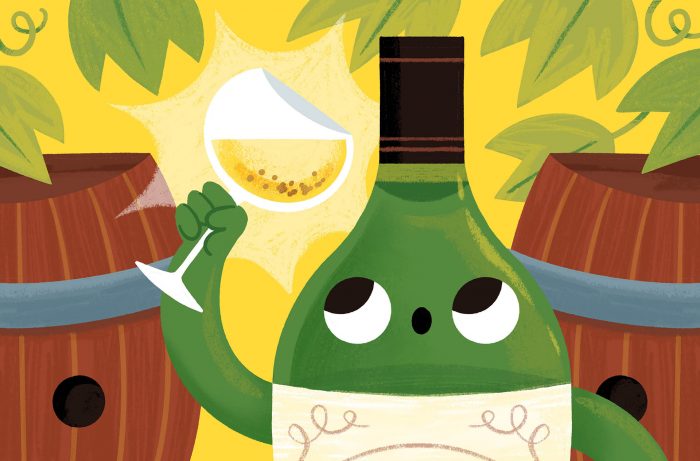What Are 'Lees' in Wine? (Wine Enthusiast)

“Lees are like the drunk uncle at a family gathering,” says Toni Boyce, owner of BlaQ & Soul. “It gives a beverage life, but if it overstays its welcome, things could turn left quick.”
So, what are lees?
As yeast is added to wine, it starts to ferment, converting sugar into alcohol and carbon dioxide as it mixes with the grape juice. Eventually, when the yeast has consumed all of the sugar in the wine, it drops to the bottom of the fermentation vessel.
That wet, dense pile of residual mass is what’s called the gross lees. It’s a mix of dead yeast, grape skins, seeds stems and tartrates, which is then racked off and discarded.
Another type of lees, known as fine lees, are mostly made of dead yeast cells that gradually settle on the bottom of a fermentation vessel. They have a silkier consistency than gross lees, and are both a byproduct of winemaking and an ingredient in its aging process.
If wine ages in contact with its fine lees for a considerable time, it develops pronounced round, full, creamy flavors that may present as nutty or yeasty, like warm brioche, in the finished wine. The French call this process sur lie, which translates to “on the lees.”
Tara Gomez, winemaker for Kitá Wines, says that aging a wine on its lees adds “texture, depth, complexity and flavor to the wine.”

